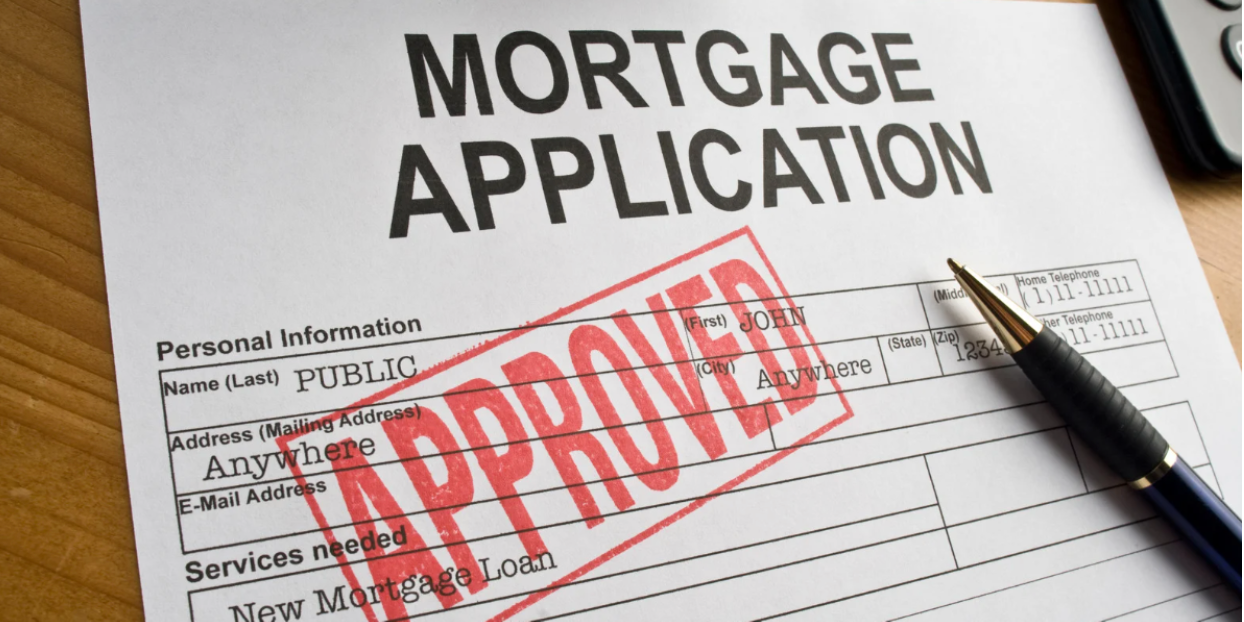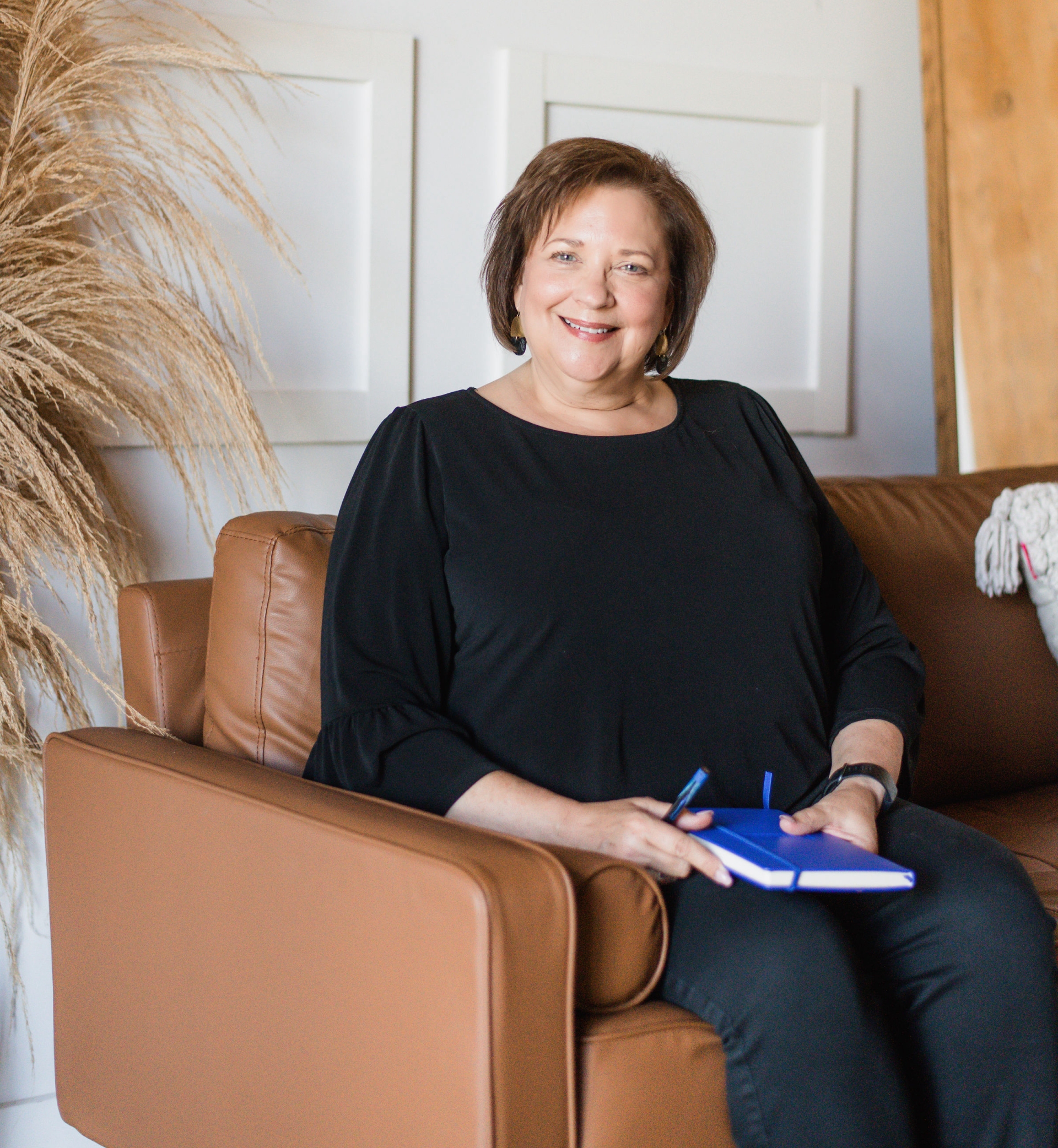Is Your Mortgage Pre-Approval Actually Useless? Here’s Why It Might Be

A Rate Hold Isn’t a Guarantee—And That Could Cost You the Home
Getting pre-approved for a mortgage should feel like progress. It’s exciting, empowering, and often the first concrete step toward buying a home. But here’s the hard truth: if your mortgage pre-approval wasn’t put together properly—or if your broker or banker skipped key steps—it could be virtually worthless when you need it most.
Let’s break down what a pre-approval really means, what a rate hold does (and doesn’t) do, and why experience matters more than ever in a fast-paced, competitive real estate market.
What Is a Mortgage Pre-Approval Really?
A mortgage pre-approval generally includes two things:
- A
conditional approval based on the numbers provided by your broker or banker.
- A
rate hold that locks in an interest rate (typically for 90–120 days), giving you time to shop with peace of mind.
But here’s the issue:
most lenders don’t
actually do a full review of your application until it becomes “live”—that is, until you’ve written an offer that’s been accepted. Before that, they’re mostly relying on the information submitted
by your broker or banker, not what they’ve verified themselves.

The Danger of a Sloppy Pre-Approval
Because lenders are only reviewing estimated numbers initially, a pre-approval is always conditional. If anything doesn’t add up when they finally double-check it, you could lose your approval—and possibly your home.
Here are some common issues that can derail things during a live file review:
- Your
income was calculated incorrectly (especially for variable or self-employed income)
- There’s
undisclosed debt (like student loans, car leases, or co-signed obligations)
- Your
down payment source wasn’t verified properly
- Something as simple as a missed document throws off the whole deal
This is why it’s so critical to work with an experienced broker who knows how to present your file correctly the first time.
⚠️
Pro tip: If your broker or banker didn’t ask for full income documents, verify your credit, and analyze your debt load, you don’t have a real pre-approval—you have a placeholder.

Rate Holds: What They Do and What They Don’t
Rate holds are helpful, no question. They give you a buffer against rising rates while you search for the right property. But even if you’re holding a great rate, that doesn’t guarantee your mortgage will go through when it counts.
Lenders only commit to financing once they’ve verified everything. And even then, there’s another major piece of the puzzle...
Your House Has to Qualify, Too
This surprises a lot of buyers: just because you are approved, doesn’t mean the home is. Lenders always assess the property you’re buying, because they’re investing in it with you. If something about the home makes them uncomfortable—like:
- A poor inspection
- A property in a high-risk location
- Structural or zoning issues
- A condo building with known financial concerns
...they can walk away. This doesn’t mean your homeownership journey is over—but it does mean you need someone in your corner who can help pivot to another lender or solution quickly.

Why Experience Matters More Than Ever
A pre-approval is only as good as the person behind it. An experienced mortgage broker will:
- Fully underwrite your file upfront
- Spot issues before the lender does
- Explain what could cause problems down the line
- Prepare you for the reality of lender and property review
This extra care can be the difference between closing confidently and scrambling under pressure.

Final Thoughts: Ask the Right Questions Before You Rely on That Pre-Approval
Before you start house hunting, ask your mortgage expert:
- Was my income fully reviewed and verified?
- Did you check my credit?
- Have you reviewed all debts and liabilities?
- Is my file ready to go
live?
If the answers are vague or rushed, it might be time for a second opinion.





